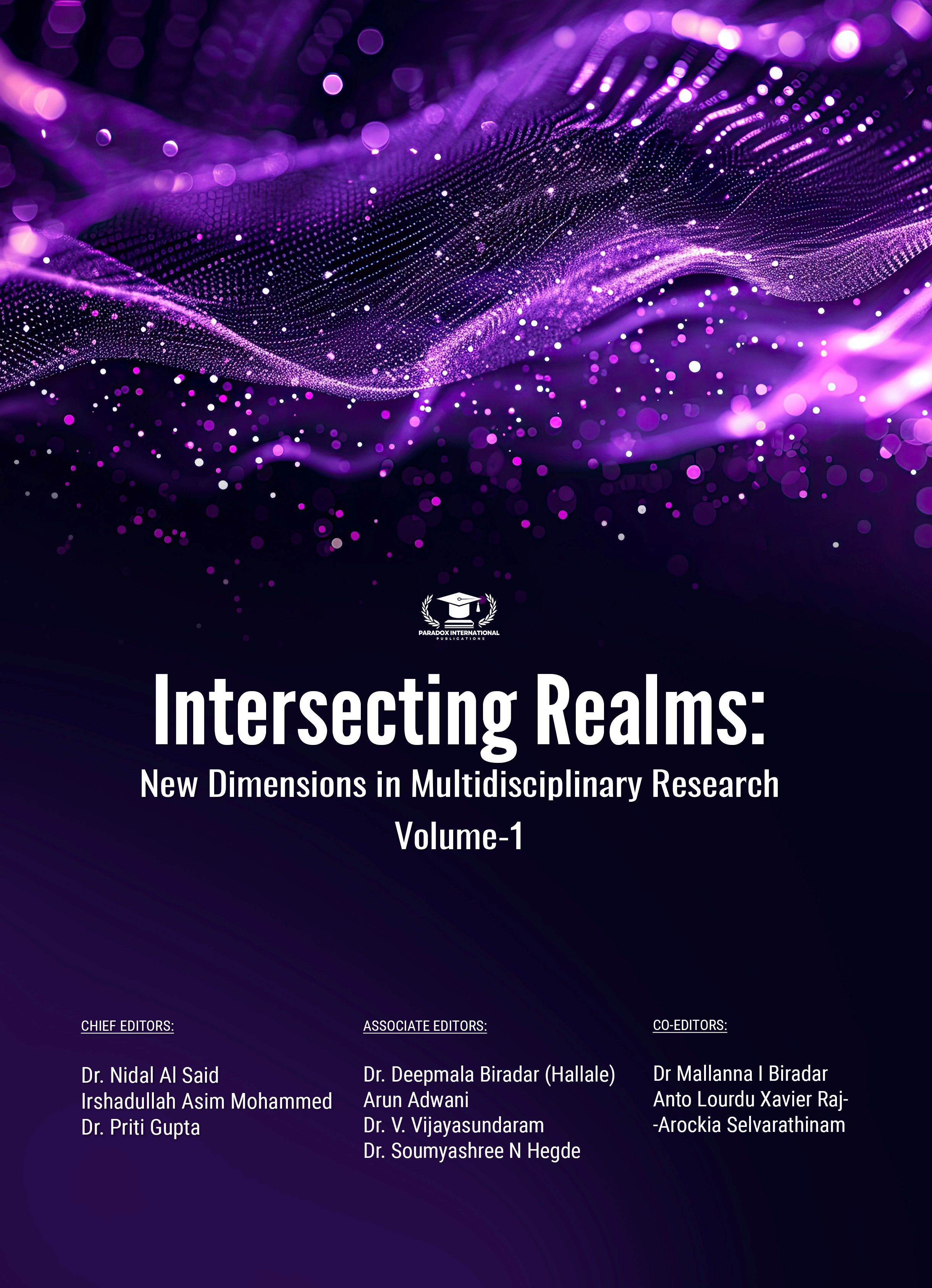SYMBOLISM AND ALLEGORY IN MAGICAL REALISM: A LITERARY ANALYSIS OF GABRIEL GARCÍA MÁRQUEZ AND HARUKI MURAKAMI
DOI:
https://doi.org/10.25215/9348701223.08Abstract
This paper explores the profound use of symbolism and allegory in the genre of magical realism, with a focused literary analysis of selected works by Gabriel García Márquez and Haruki Murakami. While rooted in distinct cultural contexts—Latin American and Japanese respectively—both authors skillfully interweave the ordinary with the fantastical to construct narratives that transcend the boundaries of reality. The study examines how Márquez employs rich symbolic imagery to critique political oppression, collective memory, and historical trauma, particularly in One Hundred Years of Solitude. In contrast, Murakami utilizes surreal elements and metaphysical motifs in works such as Kafka on the Shore and The Wind-Up Bird Chronicle to delve into existential angst, identity, and the subconscious. Through comparative analysis, this paper reveals how symbolism and allegory serve as narrative strategies that not only enrich the magical realist aesthetic but also function as vehicles for deeper philosophical and sociopolitical commentary. The research emphasizes the universality of symbolic meaning across cultures, while also acknowledging the authors' unique thematic preoccupations and narrative techniques. Ultimately, this study contributes to a broader understanding of how magical realism continues to evolve as a global literary mode through its allegorical resonance and symbolic complexity.Published
2025-04-07
Issue
Section
Articles


